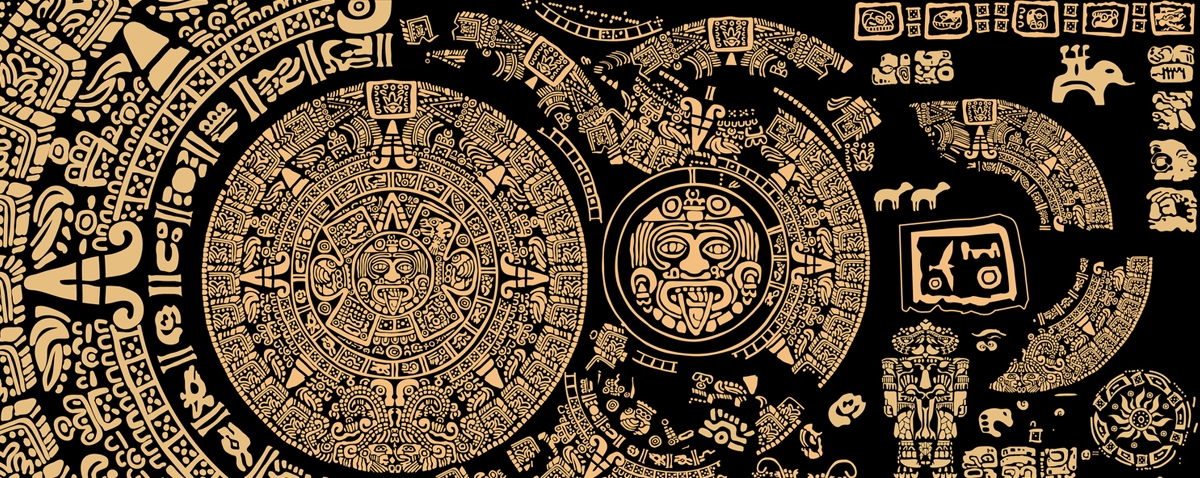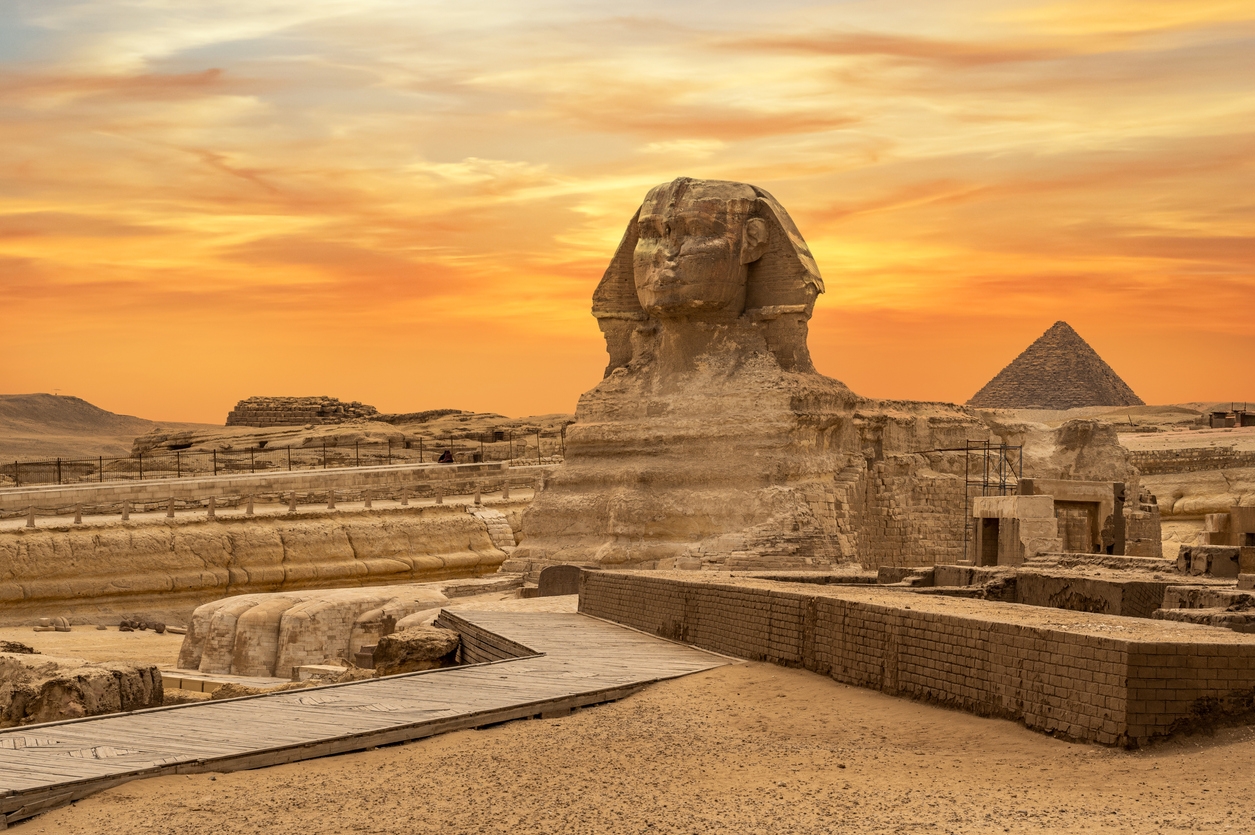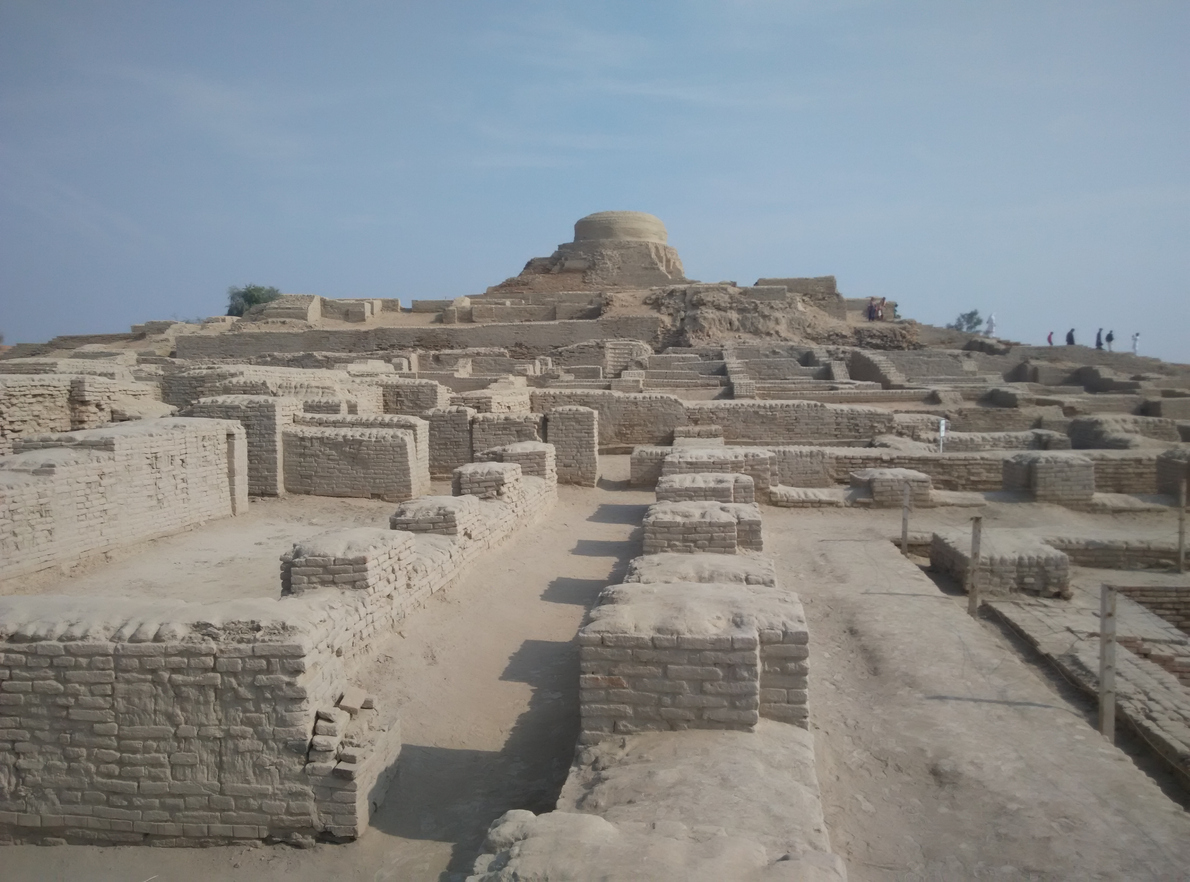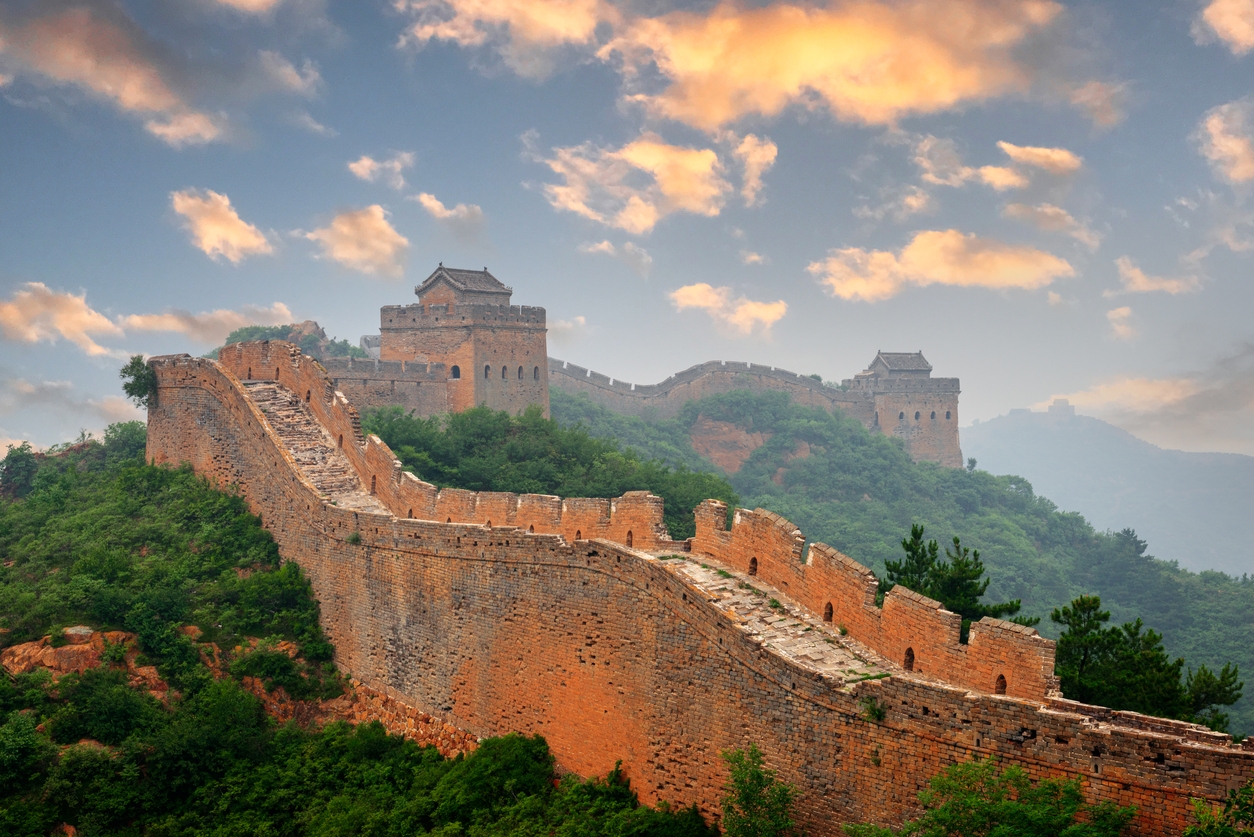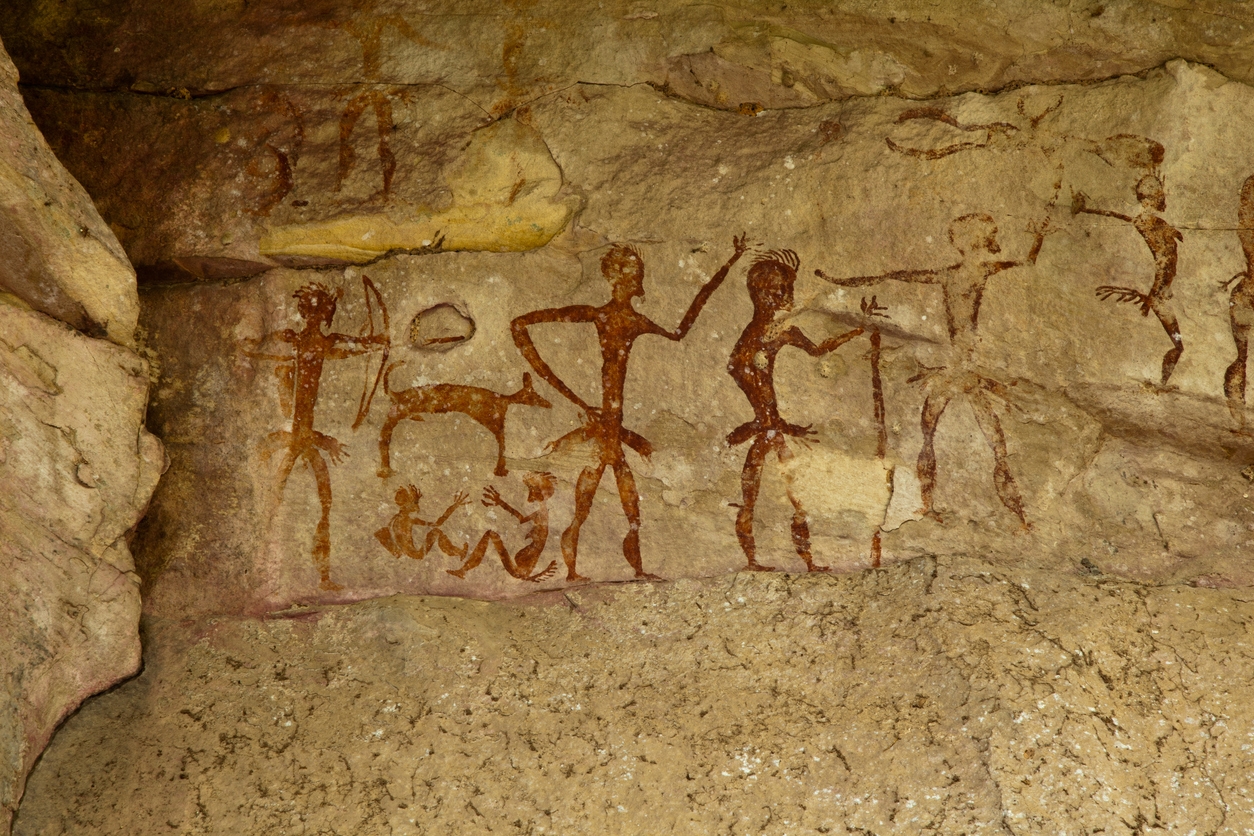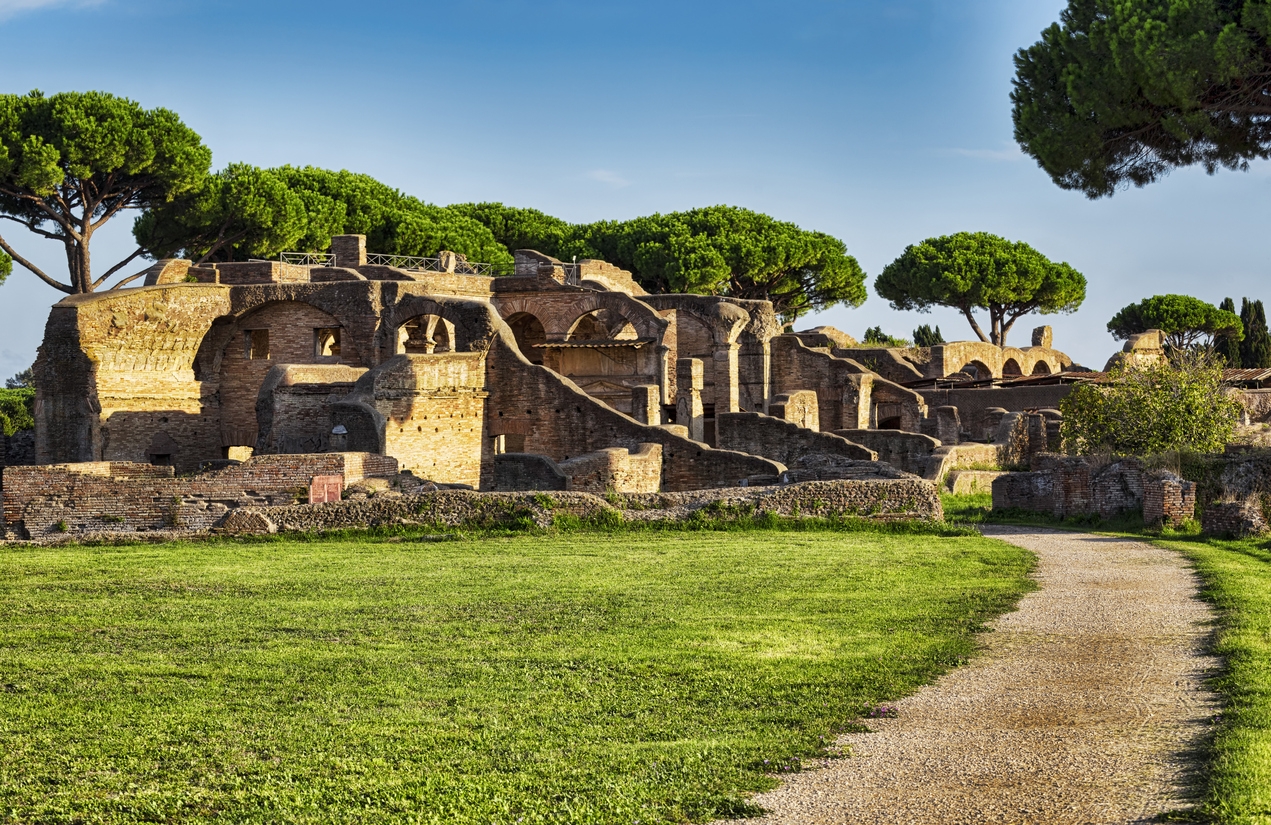The human race has been around for tens of thousands of years, and with that time, we have seen the rise and fall of numerous civilizations. Their impacts on the world can still be felt in modern times
In this blog post, we will attempt to visualize the timeline of these ancient civilizations. We will explore what makes ancient and modern civilizations different, talk about the transition from ancient to modern times, and look at some significant ancient civilizations. We will also talk about the factors that contribute to the rise of a civilization and what causes its decline.
The Transition from Ancient to Modern Times
When talking about ancient and modern civilizations, it is important to first define the parameters of these two terms.
- Ancient civilization typically refers to cultures that existed before the Middle Ages (roughly 500 CE in Europe). This includes early societies such as those of Mesopotamia, India, China, Egypt, and Greece.
- Modern civilization generally refers to societies after the Middle Ages. It includes countries like those in Europe, North America, and East Asia.
The period between ancient and modern times was defined by a shift in human thought. The rise of the scientific revolution helped humans move away from superstition and embrace a rational approach to understanding the world. [1] This idea found its way into all aspects of life, allowing for the development of new technologies and changes in culture.
The industrial revolution also played a role in transforming societies from their agricultural roots into industrialized ones with more advanced social and political systems. [2]
Contrasting Modern Civilization with Ancient Civilization
Aspect | Ancient Civilization | Modern Civilization |
Technological Advancements | Limited technology, reliance on manual labor and simple tools. | Advanced technology, digital communication, space exploration. |
Infrastructure | Basic structures, simple buildings, limited transportation. | Complex urban infrastructure, skyscrapers, advanced transportation. |
Communication | Relied on written messages, oral communication, limited reach. | Instant global communication, internet, social media. |
Social Structure | Hierarchical structures, rigid social classes, limited mobility. | Diverse societies, equality movements, varied lifestyles. |
Education | Informal education, oral traditions, limited knowledge dissemination. | Formal education systems, specialized fields of study. |
Healthcare | Herbal remedies, limited medical knowledge. | Advanced medical technology, global health networks. |
Cultural Diversity | Homogeneous cultures, limited exposure to outside influences. | Multicultural societies, global exchange of cultures. |
Governance | Monarchies, theocracies, authoritarian rule. | Monarchies, theocracies, authoritarian rule. |
Entertainment | Storytelling, music, physical activities. | Digital entertainment, movies, video games. |
Here is how ancient and modern civilizations contrast with each other:
Technological Advancements
The technological advancements are the obvious difference between ancient and modern civilizations. Ancient civilizations were limited in their tools. Things like the wheel or writing systems were revolutionary at the time but are quite primitive compared to what exists today.
Nowadays, technologies like computers, satellites, cell phones, and GPS devices are widely available and are used by millions all over the world.
Sociopolitical Structures
Sociopolitical structures have also changed drastically throughout history. The concept of nation-states has gradually replaced small city-states and empires as the dominant form of governance around the world. In these nation-states, a strong centralized government is responsible for protecting citizens’ rights and providing public services. This mode of governance has brought greater stability when compared to the ancient times when civil wars were frequent.
Cultural and Artistic Influences
Over the passage of time, the cultural and artistic influences have also become more diverse. The advances in communication technology facilitated global migration across international borders resulting in multicultural exchange between countries.
Many cultures have absorbed elements from other cultures and vice versa. This has led to an increase in art forms too. The modern art forms bring together different types of styles celebrating cultural traditions throughout various locations on Earth.
Economic Systems
The economic systems have also changed significantly since ancient times. During that period, self-sufficient villages relied heavily on agricultural production for their survival needs. Trade was conducted mostly through barter economies with limited goods available for exchange.
In comparison, today’s global economy is far more complex with highly developed infrastructure connecting producers and markets across the world for an ever-growing variety of commodities that are being traded at any given moment.
The Four Ancient Civilizations
Feature | Mesopotamia | Egypt | Indus Valley | Ancient China |
Geographical Region | Tigris and Euphrates river valleys | Nile river valley | Indus river valley | Yellow and Yangtze river valleys |
Urban Centers | Ur, Babylon, Nineveh | Thebes, Memphis, Alexandria | Harappa, Mohenjo-daro | Anyang, Xi'an, Luoyang |
Social Structure | Rigid class system, priests and kings on top | Pharaoh at the top, priests and scribes | Lack of evidence, likely hierarchical | Dynastic hierarchy, nobles, farmers, artisans |
Writing System | Cuneiform (wedge-shaped script) | Hieroglyphs, Hieratic, Demotic | Undeciphered script | Oracle bone script, Seal script, Clerical script |
Architecture | Ziggurats, arches, mud-brick construction | Pyramids, temples, tombs | Uniform brick sizes, advanced urban planning | Pagodas, city walls, palaces |
Agriculture | Irrigation from river flooding | Dependence on Nile floods | Sophisticated irrigation system | Terrace farming, flood control, silk farming |
Trade | Active trade routes, barter system | Traded with neighboring regions | Trade with Mesopotamia and Central Asia | Silk Road, tea trade, cultural exchanges |
Art and Culture | Cylinder seals, epic of Gilgamesh | Pyramids, sphinxes, Book of the Dead | Seals, sculptures, limited knowledge | Oracle bones, Confucianism, Daoism, silk production |
Technological Advancements | Wheel, plow, writing system | Hieroglyphic writing, calendar system | Advanced drainage, planned cities | Iron technology, compass, papermaking |
Decline and Legacy | Invasions, internal conflicts | Conquered by various empires, legacy of monuments | Decline for unknown reasons, limited legacy | Unification under Qin Dynasty, cultural impact |
Now let’s delve deeper into human history and explore the four ancient civilizations.
Mesopotamia
Mesopotamia was an ancient fertile crescent located between two rivers in what is today Iraq, Syria, and parts of Turkey. [3] Its citizens were able to exploit the area’s river systems for trade and economic growth due to the agriculture-friendly climate the area provided.
This ancient civilization made important advances in writing (cuneiform) and mathematics (positional number systems). They were also believed to be the first culture to introduce organized laws and religious beliefs.
The Mesopotamian civilization began to rise around 4500 BC with a group known as the Sumerians. Over time, it fell into decline as a consequence of strong competition from other cities in the region and was eventually conquered by Alexander the Great in 331 BC.
Egypt
Ancient Egypt was an agricultural society located along the Nile River. This civilization rose to power around 3100 BC with the formation of its unified kingdom. [4]
The cultural achievements are exemplified by its majestic pyramids, intricate hieroglyphic writing system, and reverence for deities and the afterlife. The construction of the Great Sphinx and the iconic pyramids of Giza stand as testaments to their architectural prowess.
Egypt’s history unfolds in phases of splendor and challenges. It experienced gradual decline due to a convergence of factors. External invasions weakened its defenses, while internal instability eroded its political unity. Economic challenges and resource depletion added strain. Cultural shifts, including shifts in religious beliefs, impacted societal cohesion.
Indus Valley Civilization
The Indus Valley Civilization flourished in northwest India along two major rivers (Indus and Ganges Rivers) between 2600 BC to 1900 BC. [5] The cause behind Indus Valley Civilization’s disappearance is not clear. Some possible reasons could be climate change or a shift in trading routes/markets.
It is believed to have been one of the earliest large-scale urban settlements in human history where citizens practiced advanced urban planning techniques. This civilization made important advances in agriculture, metalworking technologies, pottery production methods, public hygiene practices, etc. Their water drainage systems and complex brick architecture that is still admired today.
Ancient China
Ancient China flourished along the Yellow River Valley (Huang He) between 1045 BC – 221 BC. [6] It developed under a series of imperial dynasties and became a powerful political force that developed essential cultural foundations still present today.
During this time period, Chinese artisans developed advanced tools such as papermaking technology and silk weaving methods which revolutionized the fabric industry. This gave them a global competitive advantage over other empires.
Ancient Chinese civilization saw its share of cycles between unity and fragmentation. The unity phases were long periods under dynastic rule with strong centralized authority over wealthy court elites. Whereas during fragmentation, the decentralization led to rival warlord states fighting for control over resources or territory.
Ages of Ancient Civilization
Ages of ancient civilization encompass distinct periods in human history. These ages highlight evolving technology, governance, and societal norms that shaped our journey through time.
Aspect | Prehistoric Era | Bronze Age | Iron Age | Classical Period |
Time Period | Before recorded history | 3300 BC - 1200 BC | 1200 BC - 500 BC | 500 BC - 476 CE |
Technological Advancements | Simple tools, stone age | Development of metal tools and weapons | Wider use of iron tools and armor | Advancements in arts, sciences, politics |
Cultural Expressions | Oral traditions, cave art | Early forms of writing, pottery, art | Written records, expansion of empires | Philosophical thought, literature, drama |
Social Structure | Nomadic lifestyle, hunter-gatherer societies | Emergence of city-states and kingdoms | Increasingly complex societies | Urbanization, organized governments |
Economic Activities | Subsistence farming, hunting and gathering | Agriculture, trade networks | Trade routes, economies based on currency | Trade, markets, currency systems |
Art and Architecture | Cave paintings, rock art | Megalithic structures, early architecture | Complex architecture, fortifications | Grand architecture, sculptures, mosaics |
Political Systems | Informal leadership based on age and experience | Centralized governments, city-states | City-states, tribal confederations | Monarchies, republics, city-states |
Notable Civilizations | Paleolithic and Neolithic societies | Mesopotamia, Egypt, Indus Valley | Ancient Greece, Roman Republic and Empire | Greek city-states, Roman Empire |
The Prehistoric Era was when early human societies first emerged. While there is limited evidence for this period and much is left up to speculation.
In the Bronze Age, there were major technological advancements, particularly in metallurgy. This allowed for the flourishing of a multitude of city-states and cultures.
The Iron Age marked the widespread use of iron tools and weapons in various regions. Empires began to expand as a result of broader population migrations, with a few dominating over large areas.
The Classical Period saw the peak of cultural, artistic, and intellectual achievements that characterized ancient societies. This era was dominated by powerful city-states and empires such as the Greeks and Romans.
Rise and Fall of Civilizations
Throughout history, a variety of factors have been responsible for the rise and fall of civilizations.
Factors Contributing to the Rise of Civilizations
| Factors | Description |
| Geographical Advantage | Access to fertile land, navigable rivers, and a favorable climate allowed for successful agricultural practices, leading to surplus food production and population growth. |
| Innovation and Technology | Advancements in agriculture, tools, and infrastructure improved efficiency and quality of life, enabling civilizations to thrive through innovation. |
| Trade and Commerce | Strategic location along trade routes facilitated cultural exchange, economic growth, and the accumulation of wealth from increased trade activities. |
| Political Stability | Effective governance, rule of law, and stable leadership fostered social cohesion, security, and economic development within societies. |
| Cultural Flourish | Intellectual achievements, art, literature, and philosophy enriched societies, attracting scholars, artists, and traders to contribute to cultural growth. |
| Social Organization | Organized class systems, specialized labor, and efficient resource allocation contributed to economic growth and societal advancement. |
Factors Leading to the Decline of Civilizations
| Factor | Description |
| Environmental Decline | Overexploitation of resources, deforestation, and soil erosion led to agricultural decline, food shortages, and instability within societies. |
| Economic Inequity | Unequal distribution of resources, high taxes, and wealth concentration eroded social cohesion, resulting in unrest and societal divisions. |
| External Threats | Invasions by neighboring civilizations, conflicts, and territorial disputes weakened defenses and disrupted stability, contributing to decline. |
| Political Instability | Ineffective leadership, corruption, and internal power struggles undermined governance, eroding societal trust and causing turmoil. |
| Cultural Degeneration | Decline in intellectual and artistic pursuits, along with the loss of societal values, led to a weakened cultural identity and societal decay. |
| Epidemics and Disease | Unchecked spread of diseases weakened populations, disrupted economies, and destabilized societies, contributing to societal downfall. |
Understanding how civilizations came into being and why they ultimately declined can help us better appreciate our current state and equip us with valuable insights when making decisions about our own future as a civilization.
Conclusion
The transition from ancient times to modern ages has created drastic change that has shaped our lives today on a number of levels ranging from technological advancements to economic systems. Cultures have flourished because of new opportunities created by globalization while technological breakthroughs have enabled people around the world to work together in ways unimaginable before now. It is only through understanding how these changes have taken place over time that we can hope to make sense of where we are headed next.
References
- The scientific revolution | History of western civilization II. (n.d.). Lumen Learning – Simple Book Production. https://courses.lumenlearning.com/suny-hccc-worldhistory2/chapter/the-scientific-revolution/
- Industrial Revolution. (n.d.). Scholarly Resources for Learning and Research | Gale. https://www.gale.com/open-access/industrial-revolution
- History.com Editors. (2017, November 30). Mesopotamia. HISTORY. https://www.history.com/topics/ancient-middle-east/mesopotamia
- History.com Editors. (2009, October 14). Ancient Egypt. HISTORY. https://www.history.com/topics/ancient-egypt/ancient-egypta1c
- Indus Valley civilisation. (2022, May 6). Drishti IAS. https://www.drishtiias.com/blog/indus-valley-civilisation
- Ancient China: Chinese civilization and history to 220 CE. (2022, September 5). TimeMaps. https://timemaps.com/civilizations/ancient-china/

